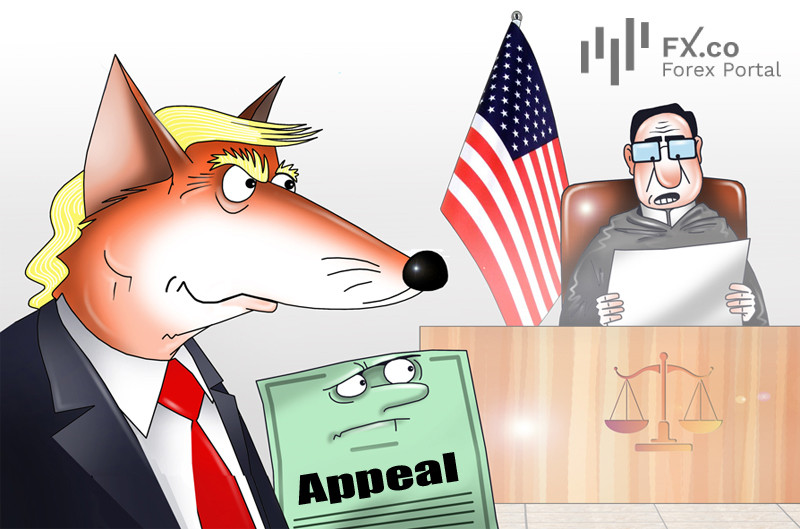
The global financial community and US authorities are holding their breath as they wait for a decision regarding US President Donald Trump’s tariffs. Indeed, it is a gripping process: who will come out on top? All bets are placed, and now it is time to await the outcome.
According to a number of analysts, the US Supreme Court is likely to uphold the decision affirming the legality of Trump’s tariffs imposed between March and June 2025. Previously, a federal court had ruled these tariffs illegal but allowed them to remain in place pending appeal.
The Federal Circuit Court of Appeals supported the lower court’s opinion that the president had exceeded his authority under the International Emergency Economic Powers Act (IEEPA) when imposing retaliatory and fentanyl-related tariffs on China, Mexico, and Canada.
Earlier, the US Department of Justice announced it would appeal the case to the Supreme Court. Barclays analysts indicated that they expect a final decision to be made between March and June 2026. They also suggested that, since the tariffs will remain in effect during this period, the market reaction is likely to be limited.
The contested duties account for nearly 50% of total US tariff revenues for the current fiscal year, and preliminary estimates suggest they could reach 70% by 2026. These measures include duties of 25% and 20% on imports from Canada and Mexico, a 20% tariff on China related to fentanyl, and 10% retaliatory tariffs on Chinese goods. Existing sectoral duties on steel, aluminum, automobiles, and copper remain unchanged.
The appellate court’s decision, reached by a 7–4 vote, is suspended while the Supreme Court considers whether to take up the case. Should the justices agree, oral arguments will likely occur early next year, with a ruling expected by mid-2026. If the court declines to hear the case, the appellate decision will take effect. This scenario is seen as highly unfavorable, since the US could be required to compensate importers for significant losses arising from the tariffs.
Barclays believes the Trump administration may turn to other trade authorities, including Section 338 of the Tariff Act of 1930 or Section 301 of the Trade Act of 1974. While these provisions could provide grounds for reimposing tariffs, they would require careful consideration. For now, the market response is expected to remain limited, as the tariffs stay in place until the legal process concludes.
 English
English 
 Русский
Русский Bahasa Indonesia
Bahasa Indonesia Bahasa Malay
Bahasa Malay ไทย
ไทย Español
Español Deutsch
Deutsch Български
Български Français
Français Tiếng Việt
Tiếng Việt 中文
中文 বাংলা
বাংলা हिन्दी
हिन्दी Čeština
Čeština Українська
Українська Română
Română

Comments: